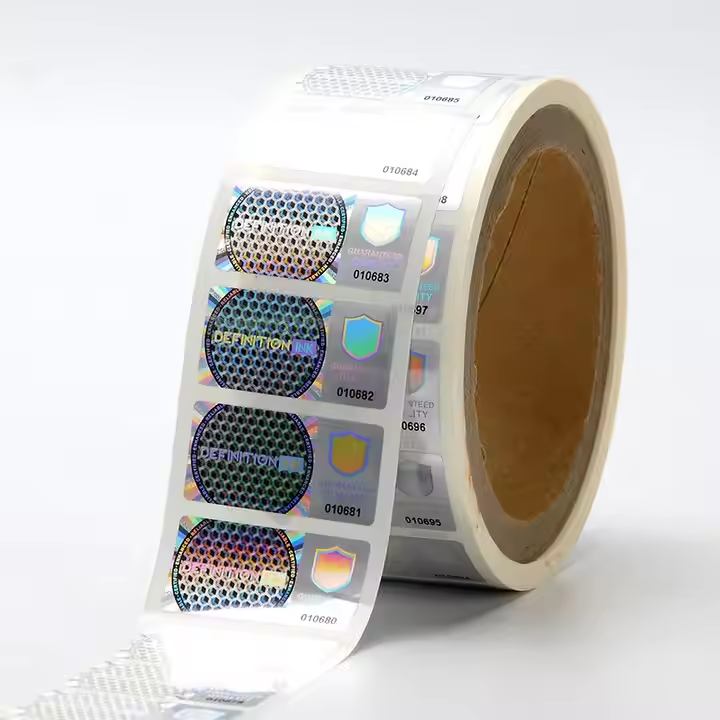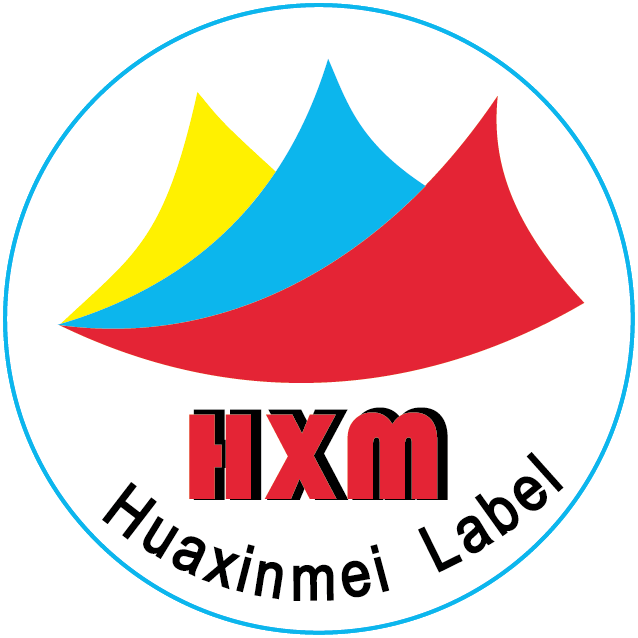Simplifying the custom label creation process is a crucial aspect of improving production efficiency in factories, especially during growth periods. How can this issue be addressed? You can focus on several areas: first, by designing labels in advance during the initial stages of production, establishing a material library from which suitable resources can be selected, and then making adjustments as needed. Additionally, creating a template library of previously used label designs can facilitate quick access to relevant materials whenever design issues arise.

Establishing a Template Library
Initially, upon receiving customer orders, factories can pre-design a series of label templates based on common label types and product needs. This approach allows for quick selection from the material library, enabling designers to efficiently create labels tailored to customer requirements. For instance, for product packaging labels of various sizes, a universal template containing basic product information (such as product name, specifications, and barcode) can be developed. These templates can be created using professional graphic design software (like Adobe Illustrator or CorelDRAW) and stored on a shared server or cloud folder for easy access. When new custom label requests come in, designers can modify the closest template instead of starting from scratch, saving substantial time, particularly for labels needing only minor adjustments (like brand logos or special notes). This process can significantly accelerate the speed and efficiency of the design-to-production cycle.
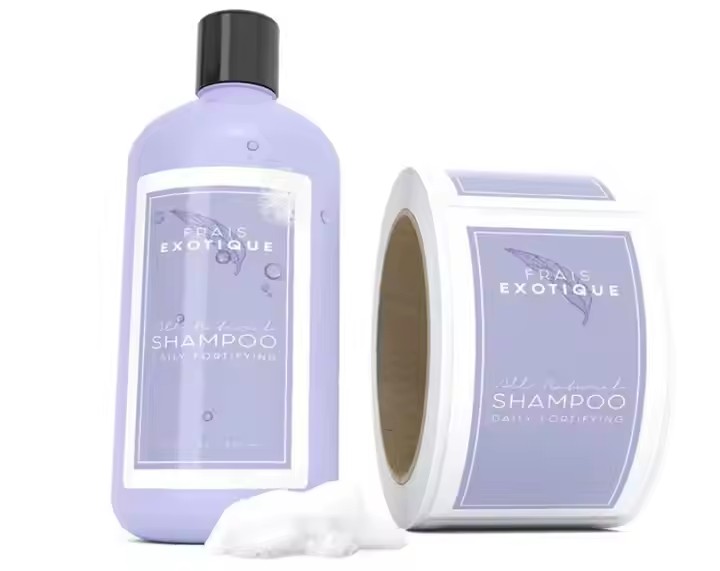
Standardizing Information Formats
After agreeing on label packaging with customers, designers should determine the standard format for information on product labels, including font, size, color, and layout. For example, specifying that the product name uses bold font at size two, in black, centered at the top of the label, helps consumers easily identify the brand or product. Larger text in vibrant colors can attract consumer attention and encourage purchases. By establishing these basic formatting rules, designers can avoid redefining them each time, thus reducing decision-making time and allowing more focus on creating new packaging designs, enhancing both design and production efficiency. Quick production times and effective operations also foster stronger partnerships with clients. For frequently updated information, designated spaces and formats should be reserved. Integrating with enterprise resource planning (ERP) or production management systems can facilitate automatic data filling, further streamlining the label design process.
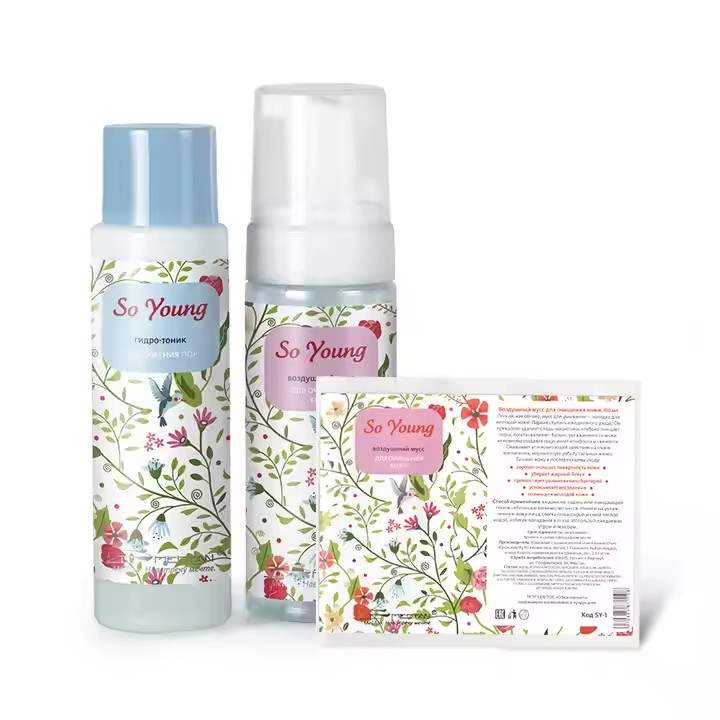
Using Simple Design Tools
While designers can utilize professional software, they can also employ user-friendly online label design tools to boost efficiency. These tools often feature intuitive interfaces and pre-set templates that allow non-professional designers to quickly engage. For example, Canva offers various label templates that users can customize with text and images through simple drag-and-drop actions. For basic text labels, even word processing software can suffice. By setting the appropriate page size and margins, users can input label content directly into the document for printing. Utilizing these tools can improve workflow coordination and allow customers to quickly see design results, enhancing label production efficiency.
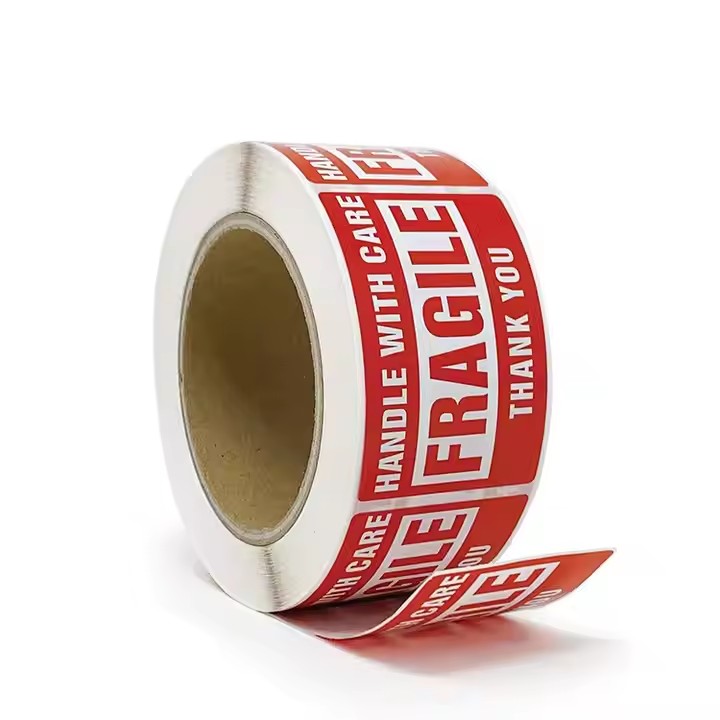
Creating Information Collection Forms
Factories can also streamline the custom label production process by designing information collection forms. Label designers can create online or paper-based forms to gather necessary information from clients or internal departments. The forms should include detailed fields, such as product name, brand identity, label dimensions, desired icons or patterns, and certification marks. For example, food product labels might require fields for nutrition facts and ingredient lists. Clear instructions and examples for filling out each field will ensure that the information collected is accurate and complete. This can reduce the back-and-forth communication between designers and clients or other departments, thereby improving efficiency. Additionally, obtaining samples directly from clients—such as the existing label packaging of their flagship products—can allow for straightforward reproduction, minimizing unnecessary design time and handover processes.
